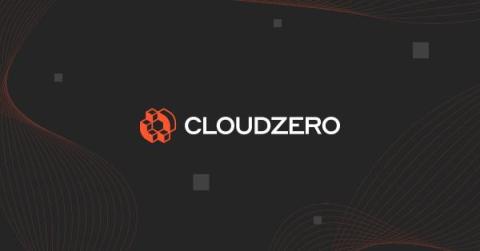Cloud Agnostic Vs. Cloud Native: Key Differences And Use Cases
The cloud computing space is constantly evolving — a fact that can sometimes set the stage for inconsistencies and confusion around both industry terminology and best practices. Cloud agnostic is one of those confusing terms, as is cloud native. But with the number of cloud agnostic and cloud native applications growing, it’s important to set the record straight.



























